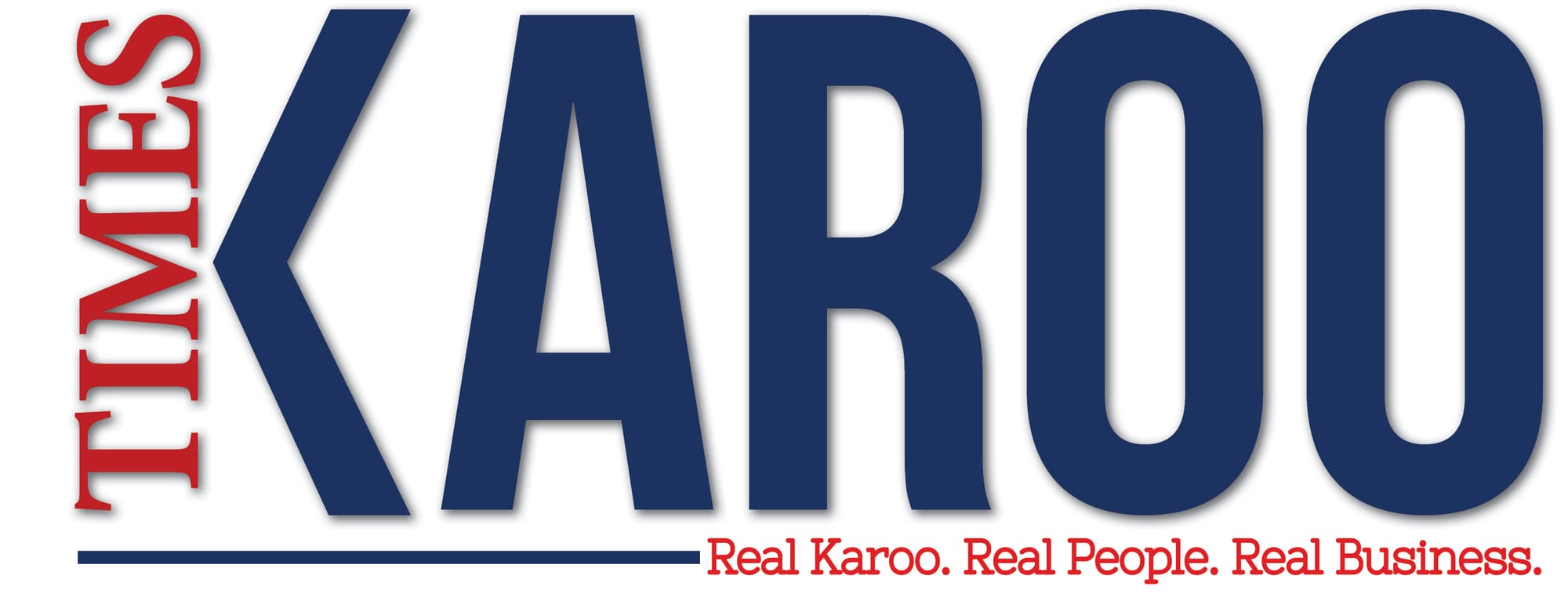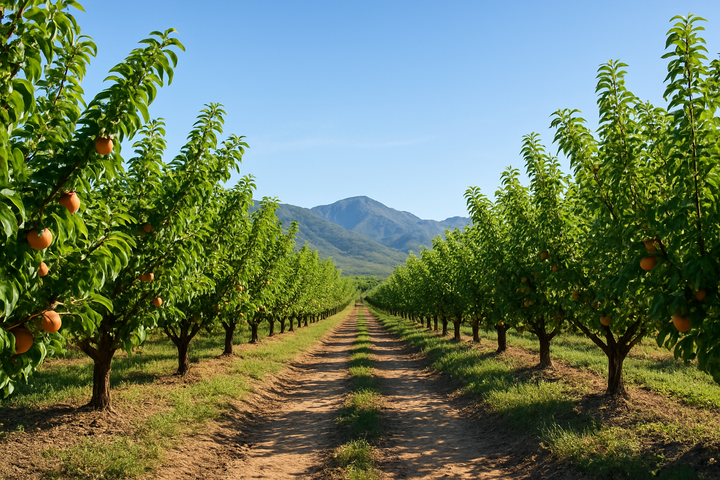How blockchain traceability could rebrand Karoo wool and meat
Across the world, producers are facing stricter import standards and consumers who want proof that their purchases match their values.

The Karoo has always been defined by its wide, harsh terrain and its produce. Wool from hardy merinos and lamb from drought-resistant flocks have built a reputation that reaches far beyond South Africa’s borders. Yet, in an age of global scrutiny over food origins and environmental impact, heritage alone is no longer enough to secure markets.
Reports from the Karoo Winter Wool Festival reveal that producers are increasingly looking to technology for an edge. Among the most discussed tools was blockchain traceability, a concept that could transform how Karoo wool and red meat are valued, marketed and trusted.
From pasture to port with a digital footprint
Traceability has long been a topic in South Africa’s livestock sector, but momentum is gaining speed. Farmers Weekly recently reported on industry calls for stronger systems to meet international export requirements, particularly for red meat.
The European Union and Middle Eastern markets demand rigorous proof of origin, vaccination records and movement histories. Blockchain offers a solution that is both tamper-proof and transparent, recording every step of an animal’s life in a digital ledger that cannot be altered.
For Karoo lamb or wool, this means a buyer in London or Dubai could scan a QR code and instantly see where the sheep was born, how it was raised and even when it was shorn. The entire supply chain, from smallholder farms to export agents, would be visible in one digital thread.
This level of detail does more than satisfy regulators. It builds consumer trust and adds a layer of premium branding that aligns perfectly with the Karoo’s reputation for authenticity.
Meeting global expectations
Across the world, producers are facing stricter import standards and consumers who want proof that their purchases match their values.
Reports from industry meetings have highlighted that for South African red meat, particularly sheep and goat, the lack of a fully functional national traceability system could limit access to high-value markets in the coming years.
Blockchain could change that by creating a unified platform that works for farmers, abattoirs and exporters alike.
For Karoo producers, this is a chance to redefine their products in the global imagination. A scanned code on a Karoo lamb roast in Berlin could lead a shopper to a video of the farm, a profile of the farmer and assurances about food safety and welfare standards.
For wool, the same system could link high-end fashion buyers directly to the land where the fibre was grown, turning every garment into a story.
Bridging technology and tradition
The Karoo is not Silicon Valley. Its economy is built on livestock and small-town seasons that have changed little in generations. The idea of blockchain might sound abstract in a place where signal towers are scarce, but the beauty of digital traceability is instead of erasing tradition, it frames it.
Tags placed on animals capture basic data, which is then uploaded at key points in the chain. Once entered, the information cannot be lost or manipulated, offering security for farmers and confidence for buyers.
In time, these records could also serve local needs, helping with disease control, theft prevention and insurance claims. Even modest farmers could participate with the help of cooperatives or industry bodies.
The promise and the pressure
Blockchain is not a magic fix. Infrastructure gaps, costs and training will be hurdles. Some farmers worry that the system might favour larger operations that can invest in technology, leaving smaller producers behind. There is also the question of data ownership and who will control the ledger.
The potential rewards are substantial. A fully traceable product commands higher prices and secures export access. It also helps future-proof the region’s agricultural identity. When the world thinks of Karoo lamb or Karoo wool, they should think of quality and a visible chain of care.





Comments ()